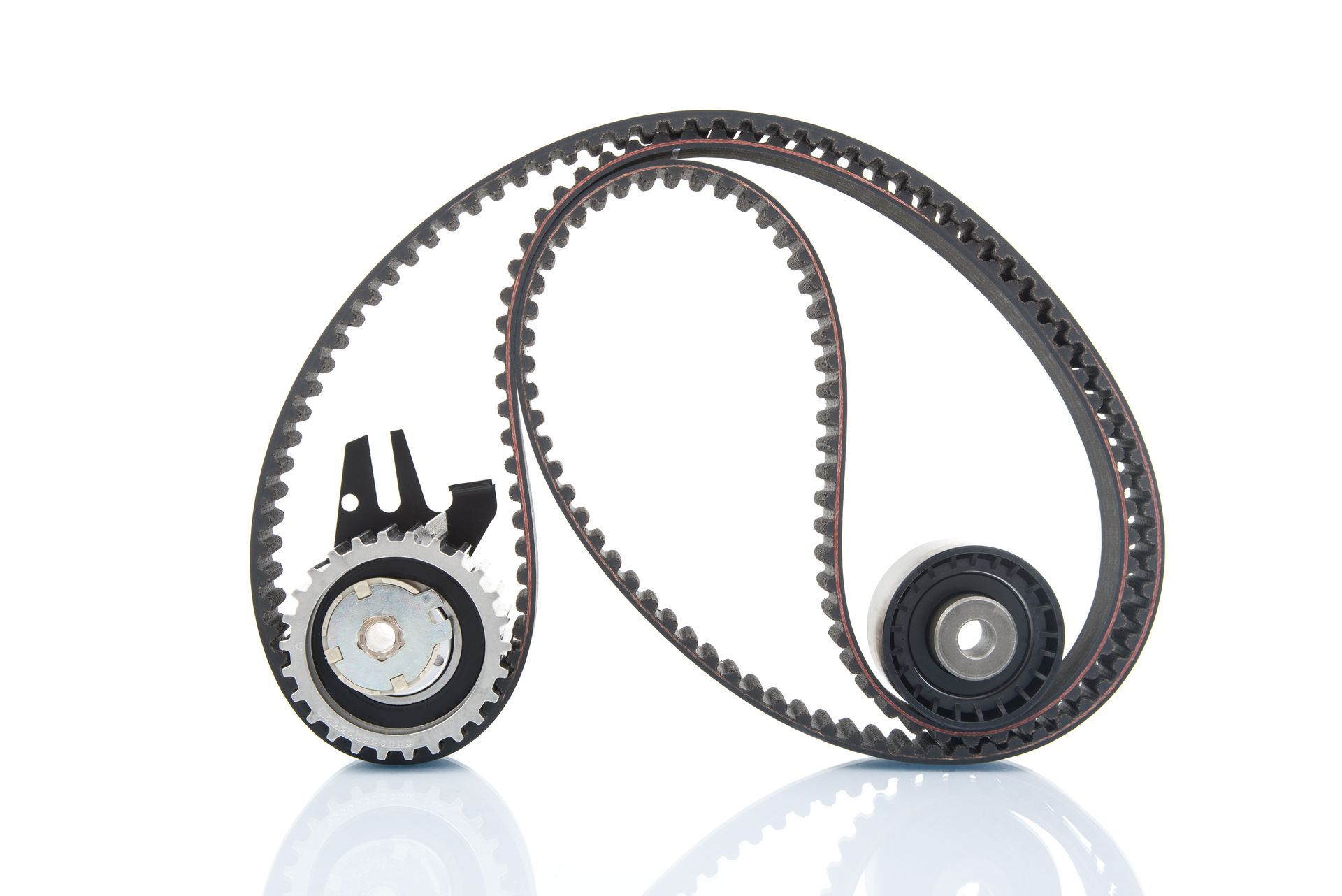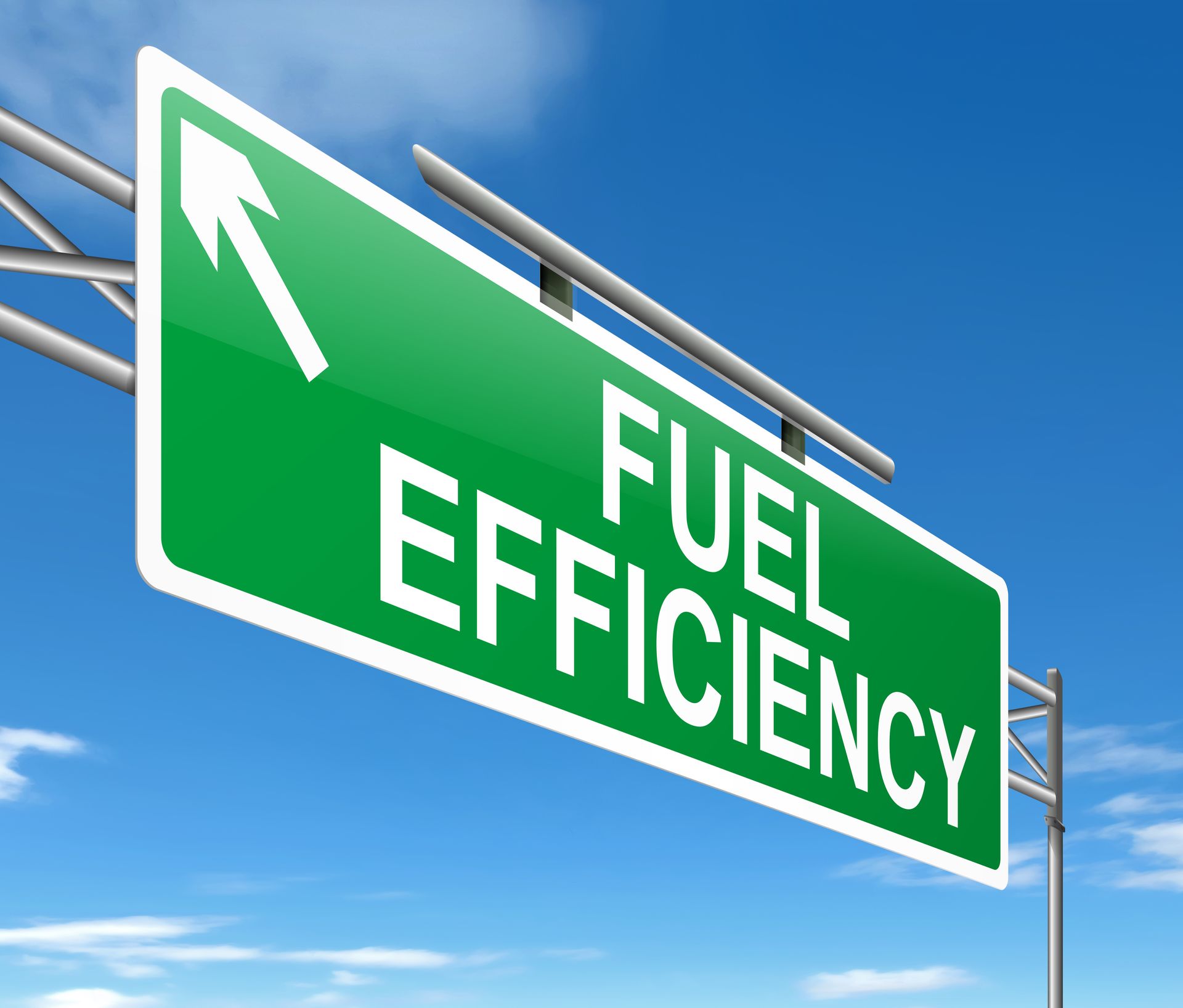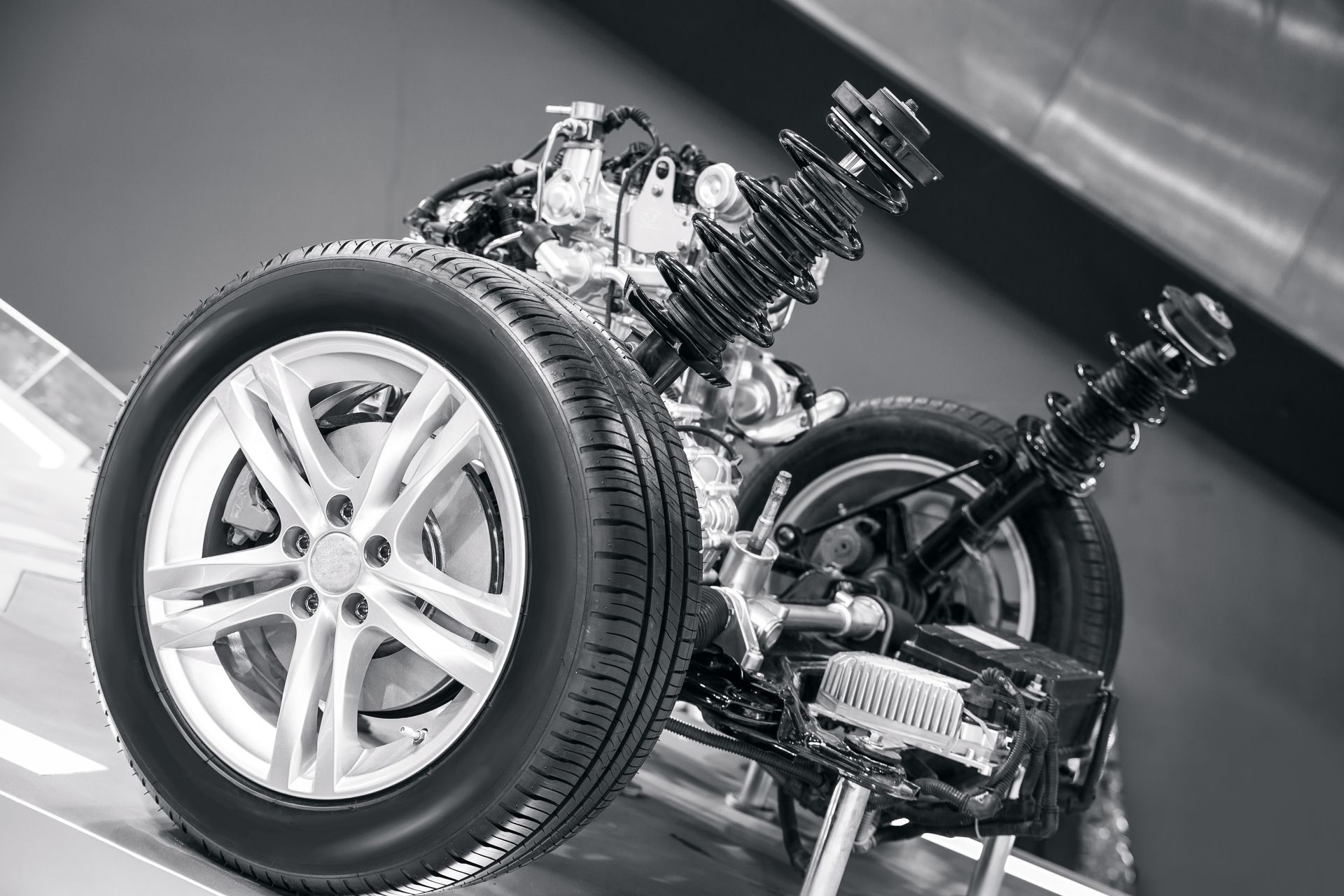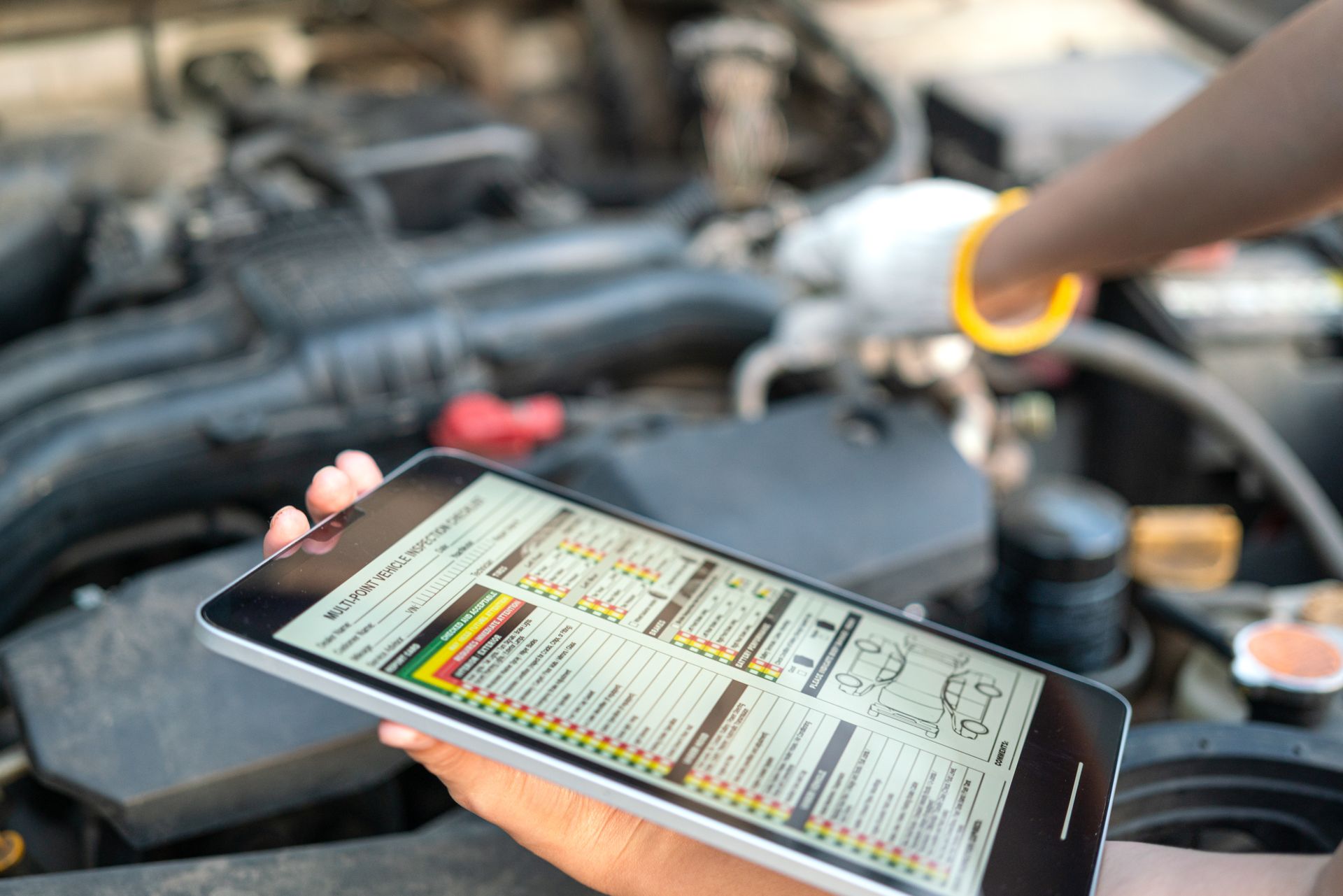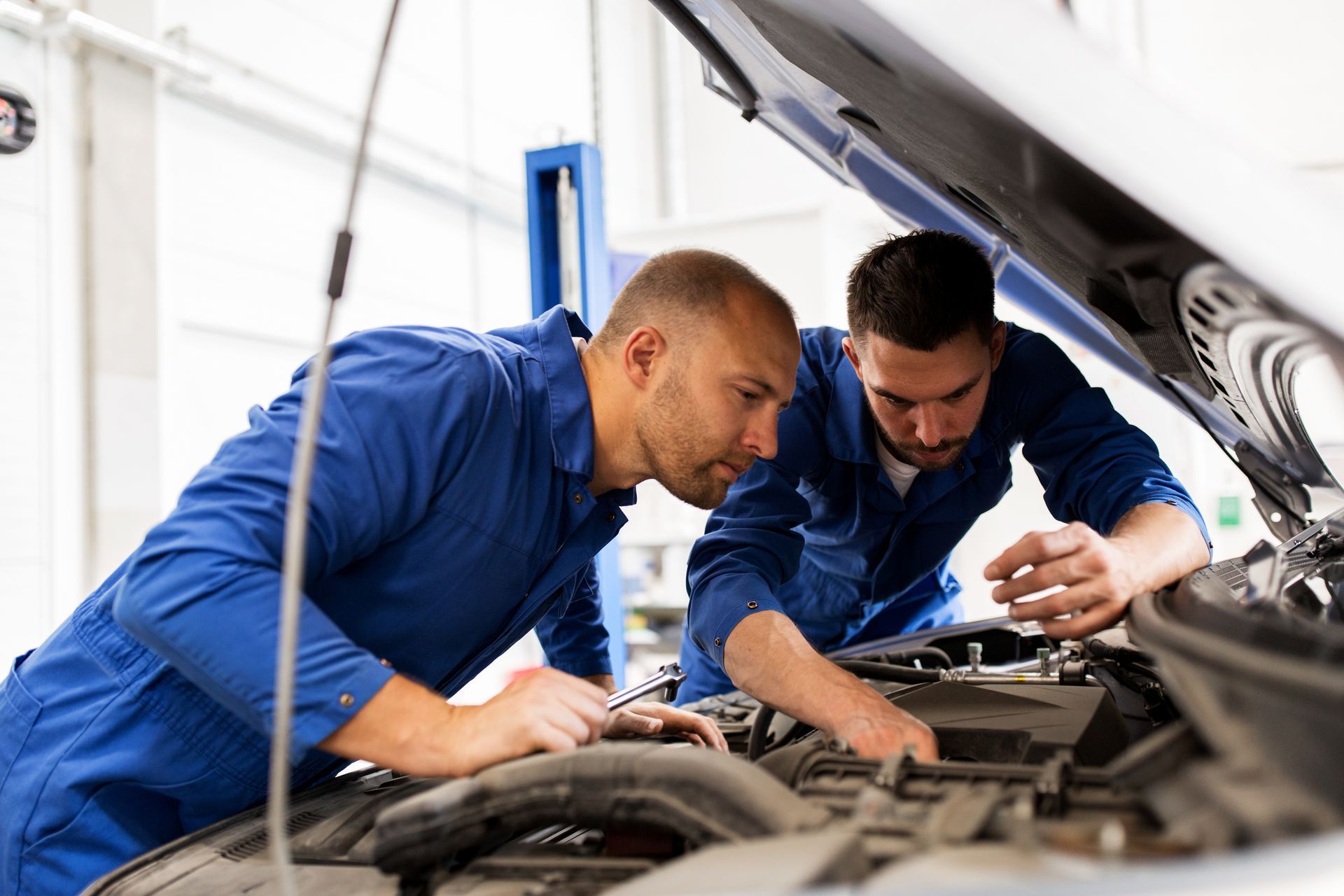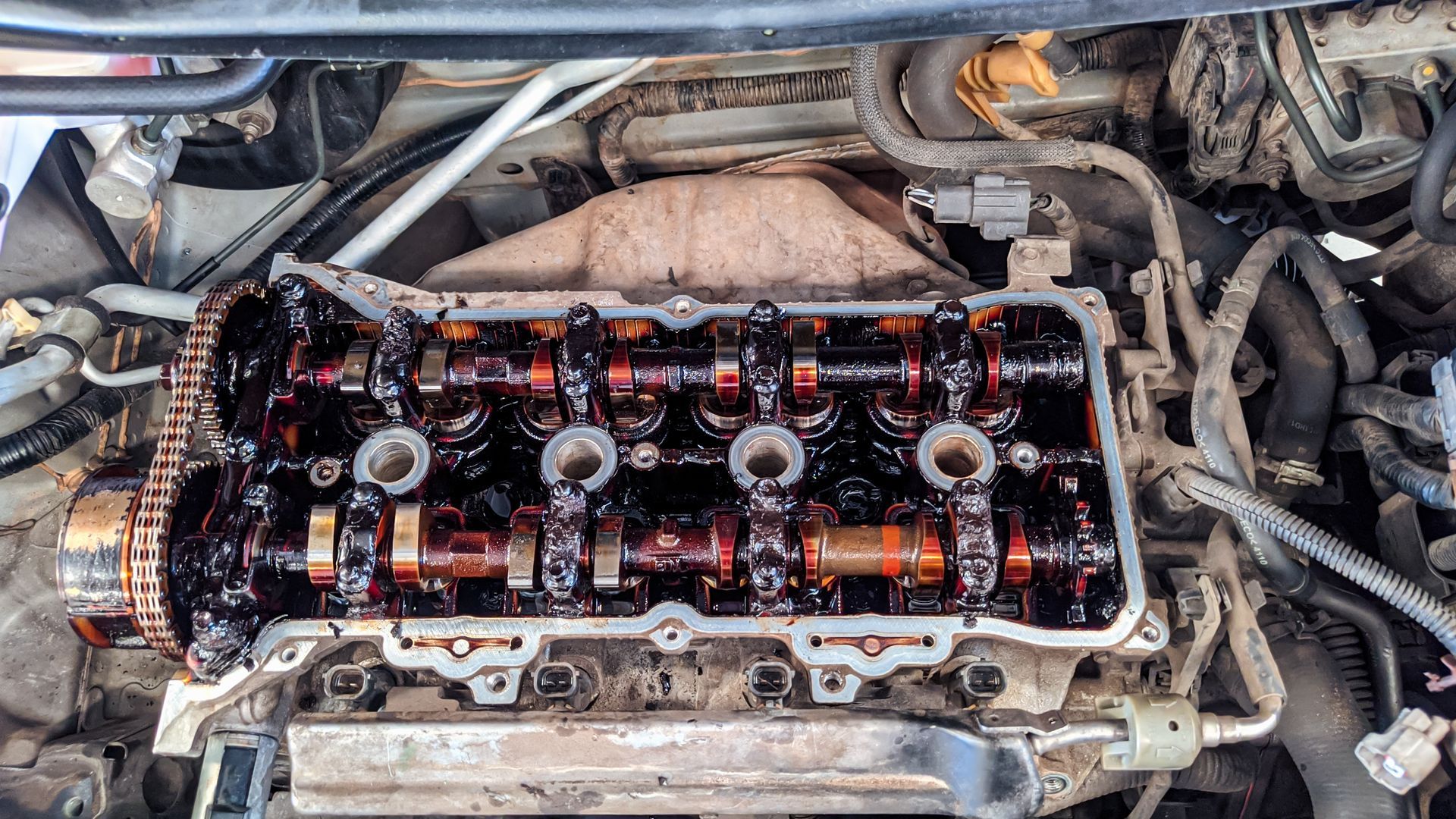As the world becomes more conscious of environmental sustainability, every aspect of our daily lives is being scrutinized for its impact on the planet. One area that has seen significant advancements in the automotive industry is how vehicles handle air conditioning. The refrigerant used in your car's air conditioning system plays a crucial role not only in your comfort but also in the environment. The introduction of R-1234yf refrigerant marks a significant step forward in reducing the environmental footprint of vehicles. But what exactly makes R-1234yf so special, and why is it a better choice for our planet?
The Evolution of Automotive Refrigerants
Before explaining the environmental benefits of R-1234yf, it’s essential to understand the history of automotive refrigerants. For many years, vehicles used R-12, commonly known as Freon, as the primary refrigerant in air conditioning systems. While effective, R-12 was found to have a devastating impact on the ozone layer, leading to its phase-out under the Montreal Protocol in the 1990s.
R-134a, the successor to R-12, was introduced as a safer alternative with a significantly lower ozone depletion potential. However, R-134a has a high global warming potential (GWP), which means it still contributes to climate change. The need for an even more environmentally friendly refrigerant led to the development and adoption of R-1234yf.
Why R-1234yf is a Game Changer for the Environment
R-1234yf refrigerant stands out primarily due to its ultra-low global warming potential. With a GWP of just 4, R-1234yf is almost 99.9% lower than R-134a, which has a GWP of 1,430. This drastic reduction means that if R-1234yf is released into the atmosphere, it has a much smaller impact on global warming compared to its predecessors.
R-1234yf has a very short atmospheric lifetime—about 11 days—compared to R-134a, which can persist in the atmosphere for more than a decade. This short atmospheric lifetime further reduces the potential for long-term environmental harm.
Compliance with Environmental Regulations
Another significant benefit of R-1234yf is its compliance with stringent environmental regulations. As governments around the world impose stricter emissions standards and push for more sustainable practices, automotive manufacturers are required to adopt refrigerants that minimize environmental impact. R-1234yf meets and exceeds these regulatory requirements, making it the go-to choice for new vehicles.
In fact, many countries, including the United States, have mandated the use of R-1234yf in all new vehicles. By transitioning to this refrigerant, manufacturers comply with regulations and contribute to global efforts to combat climate change.
Energy Efficiency and R-1234yf
One of the less discussed but equally important benefits of R-1234yf is its impact on energy efficiency. While the primary focus is often on its environmental credentials, R-1234yf also helps vehicles operate more efficiently. This refrigerant has been shown to improve the overall performance of air conditioning systems, leading to less energy consumption. Lower energy use translates to reduced fuel consumption in traditional vehicles and extended battery life in electric vehicles, both of which contribute to lower emissions and a smaller carbon footprint.
The Future of Automotive Refrigerants
The adoption of R-1234yf is a significant step toward reducing the environmental impact of vehicles, but it’s not the end of the journey. As technology advances and the automotive industry continues to innovate, we can expect to see even more eco-friendly refrigerants and systems in the future. For now, R-1234yf represents one of the best options available for balancing performance, safety, and environmental responsibility.
It’s also worth noting that the move to R-1234yf sets a precedent for other industries that rely on refrigerants, such as home and commercial air conditioning systems. As the world becomes increasingly focused on sustainability, the lessons learned from the automotive industry’s shift to R-1234yf could influence broader applications and further reduce global emissions.
Is your car's air conditioning system due for maintenance? Schedule an appointment at
Steveo's Garage. Our experts will ensure your A/C system is running efficiently.
